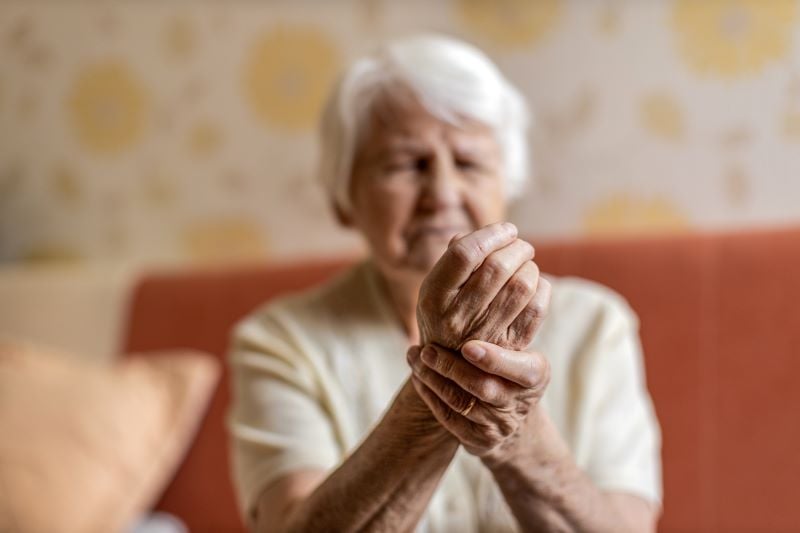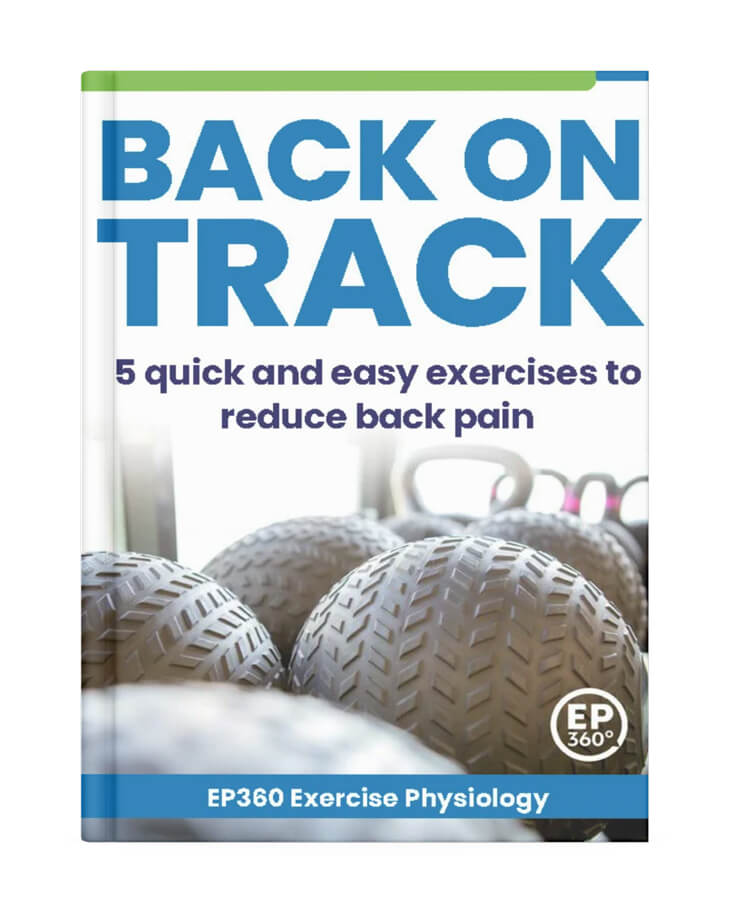“I Just Got Diagnosed… Now What?”
Hearing that you have arthritis can be overwhelming. Whether it’s osteoarthritis (OA) or rheumatoid arthritis (RA), you might be wondering: What does this mean for my future? Will I still be able to move the way I want?
Good news: Exercise is one of the best tools for managing both conditions, helping you stay mobile and reduce pain. But first, let’s break down the key differences between OA and RA so you can better understand your body and take control of your health.
What Causes Arthritis? Wear & Tear vs. Autoimmune Attack
Osteoarthritis (OA) is often called “wear and tear” arthritis. Over time, the cartilage that cushions your joints breaks down, leading to stiffness and pain. It’s most common in weight-bearing joints like the knees, hips, and spine.
Rheumatoid arthritis (RA) is an autoimmune disease where the immune system mistakenly attacks the joints, causing inflammation, swelling, and pain. Unlike OA, RA can flare up suddenly and often affects both sides of the body at once—like both hands or both knees.
Why does this matter?
Understanding why your joints hurt helps determine the best approach to exercise. OA often responds well to strengthening and mobility exercises, while RA requires balancing movement with managing flare-ups.
Symptoms: Is My Joint Pain OA or RA?
- OA pain: Gets worse with movement and better with rest. Joints might feel stiff in the morning but loosen up after a few minutes.
- RA pain: More unpredictable. Morning stiffness lasts longer—sometimes an hour or more—and is often accompanied by swelling, fatigue, and even fever.
Why does this matter?
Knowing how your arthritis behaves helps you tailor your exercise plan. If you have OA, movement can actually reduce pain by keeping joints lubricated. With RA, gentle movement is still great—but you may need to modify your routine during flare-ups.
How Exercise Helps Arthritis (Yes, Even When It Hurts!)
One of the biggest myths about arthritis is that you should “take it easy” to avoid making it worse. In reality, moving more is one of the best ways to protect your joints. Here’s how:
- Strengthens muscles around your joints, providing better support and reducing strain.
- Improves joint lubrication, reducing stiffness and discomfort.
- Helps with weight management, which can take pressure off your knees, hips, and ankles.
Even if you have RA, gentle movement like walking, swimming, or yoga can help reduce inflammation and improve energy levels. The key is knowing how to adjust your routine based on how your body feels.
Best Exercises for OA and RA
For OA:
- Resistance band exercises
- Cycling or swimming
- Yoga or Tai Chi for mobility
For RA:
- Walking at a comfortable pace
- Aquatic exercise (water supports your joints!)
- Stretching and range-of-motion exercises
The Bottom Line: Keep Moving!
If you’ve been diagnosed with OA or RA, exercise isn’t just “allowed”—it’s essential. The right movement can help reduce pain, improve function, and keep you doing the things you love for longer.
Not sure where to start? A tailored exercise plan from an exercise physiologist can help you build strength, improve mobility, and adapt your routine based on your arthritis type.
References
- Cooney, J.K., et al. (2011). Benefits of exercise in rheumatoid arthritis. Rheumatology, 50(3), 473-487.
- Fransen, M., et al. (2015). Exercise for osteoarthritis of the knee: A Cochrane Review Summary. JAMA, 314(14), 1500-1501.
- Goh, S.L., et al. (2019). Exercise for pain management in knee osteoarthritis: A systematic review and meta-analysis. Scandinavian Journal of Medicine & Science in Sports, 29(1), 3-15.
- Hunter, D.J., & Bierma-Zeinstra, S. (2019). Osteoarthritis. The Lancet, 393(10182), 1745-1759.
- Messier, S.P., et al. (2013). Weight loss and exercise for knee osteoarthritis. Arthritis & Rheumatism, 65(1), 5-12.
- Smolen, J.S., et al. (2016). Rheumatoid arthritis. The Lancet, 388(10055), 2023-2038.
- Sokka, T., et al. (2008). Physical inactivity in patients with rheumatoid arthritis: Data from twenty-one countries in a cross-sectional study. Arthritis & Rheumatism, 59(1), 42-50.







